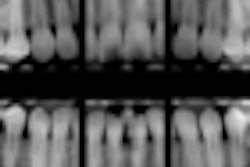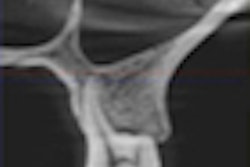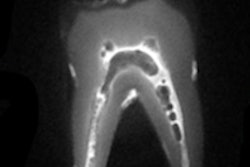Dental practitioners need to make sure they use age-appropriate settings when performing cone-beam CT scans on adult and pediatric patients, according to a new study in the American Journal of Orthodontics and Dentofacial Orthopedics (June 2013, Vol. 143:6, pp. 784-792).
Given that children represent a significant proportion of orthodontic patients and that similar cone-beam CT exposure settings likely result in higher equivalent doses to the head and neck organs in children than in adults, researchers from the State University of New York at Stony Brook wanted to measure the difference in equivalent organ doses from different scanners under similar settings in children compared with adults.
Two phantom heads were used, representing a 33-year-old woman and a 5-year-old boy. Optically stimulated dosimeters were placed at eight key head and neck organs, and equivalent doses to these organs were calculated after scanning. The manufacturers' predefined exposure settings were used. One scanner had a pediatric preset option; the other did not.
Scanning the child's phantom head with the adult settings resulted in significantly higher equivalent radiation doses to children compared with adults, ranging from a 117% average ratio of equivalent dose to 341%, the researchers reported. When the pediatric preset was used for the scans, there was a decrease in the ratio of equivalent dose to the child mandible and thyroid.
Collimation should be used when possible to reduce the radiation dose to the patient, and use of cone-beam CT scans should be justified on a specific case-by-case basis, the study authors concluded.



















